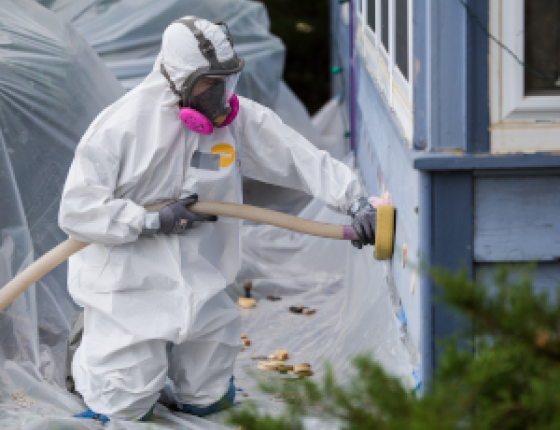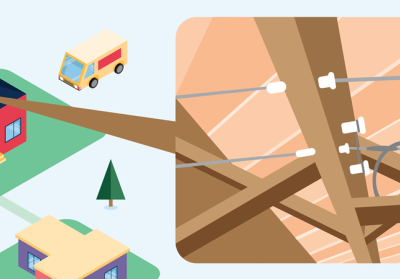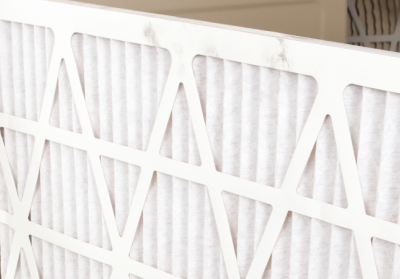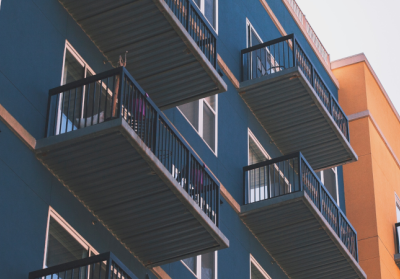Wall Insulation
Adding wall insulation to your home is one of the most impactful energy improvements you can make to decrease energy bills and increase comfort all year.
If your home’s walls are not fully insulated, you are likely are paying higher monthly utility bills than you need to. Additionally, your home is likely chilly in the winter and hot in the summer. Dense packing your exterior walls with insulation is the key to solving these problems.
Because of the extremities of our climate, it takes a lot of energy to keep our homes comfortable year-round. Taking on a big project like insulating your exterior walls can go a long way toward reducing your heating and cooling costs. Learn about how low insulation levels affect your home's comfort and efficiency:
Does your home need wall insulation?
The best way to determine if you need wall insulation is to have an energy audit from your utility. During this visit, your auditor can drill a small hole in a discreet location, such as the back of a closet or cupboard, in order to determine the current state of your wall insulation. (Don’t worry — they will plug the hole once they see what is in your wall!) They may also be able to use an infrared camera to confirm this information is consistent throughout the home.
Generally, homes built after 1970 were built with sufficiently insulated walls. Homes that are older than that were typically built with either no wall insulation or an insufficient amount or type. Some older homes may even have materials like horse hair in their walls!
To get the best performance out of insulation, it should fill the wall cavity completely. Additionally, if it is installed poorly, you may still experience the problems associated with under-insulated spaces.
What does a fully insulated wall look like?
Even if you think your exterior walls have some insulation in them, it is a good idea to see if they are fully insulated. If there are two or more inches of space in the wall cavity, the best way to re-insulate is by “dense packing” the walls. This helps make sure that there is a higher R-value of the insulation (a.k.a. resistance value — “a measure of insulation's ability to resist heat traveling through it") and also reduces air leaks found in wall cavities made by things like outlet plates and light switches. Dense packing the insulation is also the appropriate solution when older insulation materials have settled at the bottom of the cavity over time.
Working with an insulation contractor
Good news! You may be able to earn a rebate from your utility provider when you insulate your exterior walls. Check their website for rebate project details or requirements before starting an insulation project. Your utility provider may require that you pick a contractor from a particular list.
If your utility does not provide a list of contractors, CEE recommends that you work with a Building Performance Institute-certified contractor. Contact CEE’s Energy Advisor Service and we will try and help you find a contractor in your area.
When the insulation contractor dense packs your walls with insulation, they will temporarily remove a row of siding (if applicable) around the house and drill one small hole into each wall cavity. They use a hose to blow insulation through the hole to fill up your walls. Once the cavity is filled, they will plug the hole and replace any siding they removed. Stucco homes are drilled straight through and then patched, or customers can elect to drill from the interior instead and patch the drywall or plaster.
How much does insulating exterior walls costs?
Insulation job prices can vary significantly, as most of the cost is driven by the size of your home (i.e., square footage and number or stories). CEE regularly sees wall insulation costs range from $2,500 to $7,000.
The Energy Advisors at CEE are happy to help you evaluate contractor bids and answer your questions so that you feel confident going into the project. To contact an Energy Advisor, just click on the “Ask Us” button below.
Image credit: Dennis Schroeder for NREL
Outside Resources

Questions about your home energy? Let's talk!



